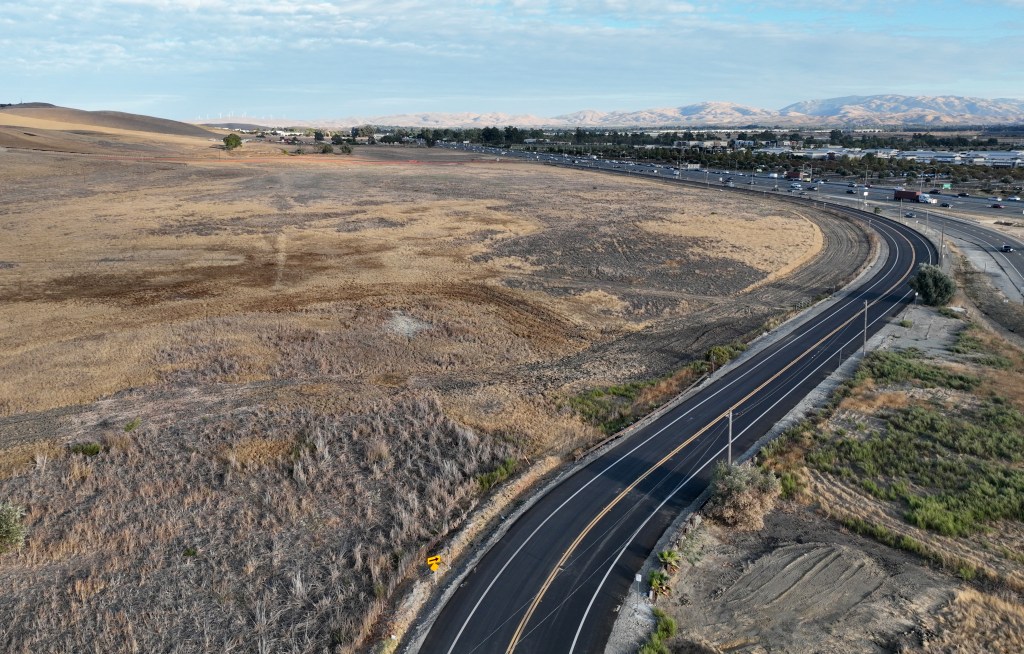In a significant development for local environmental advocates, an Alameda County Superior Court judge has ruled that the city of Dublin must conduct an environmental review of a controversial ballot measure. This measure, known as Measure II, previously expanded the boundaries of a protected open space, raising concerns about potential commercial development in sensitive areas.
Judge Michael Markman issued his ruling on October 1, stating he “intends to grant” a petition from two conservation groups, Save Mount Diablo and Friends of Livermore, challenging the measure’s legality. His final decision is expected later this month unless Dublin city officials file a challenge.
The groups deemed the judge’s preliminary decision a victory against what they have labeled a “land grab.” Measure II, approved by voters last year with 53% support, facilitated the extension of Dublin Boulevard by 1.5 miles to North Canyons Parkway, a route that would traverse unincorporated land between Livermore and Dublin, specifically within the area designated as the Crosby Properties. This region encompasses 3,282 acres of open space that has been protected since an urban limit line was established in 2014.
Judge Markman emphasized that “at least some modicum of further environmental review was required before authorizing Measure II to go forward.” He articulated that the measure plays a crucial role in the prospective commercial development of the Crosby Properties, warning of anticipated impacts resulting from such development.
Although Mayor Sherry Hu opted not to comment on the ongoing case, Dublin City Manager Colleen Tribby did not respond immediately to inquiries regarding the ruling. The environmental organizations initiated their lawsuit in August 2024, originally aiming to prevent the measure from appearing on the November ballot, but the judge decided to permit the election.
The proposed extension has been under study since 1984, with a commercial development analysis commissioned by the city last year. However, an environmental impact assessment for the extension’s effects has not been conducted.
Seth Adams, Conservation Director for Save Mount Diablo, expressed frustration over the city’s approach. “We’ve said from the beginning that Dublin is breaking the law, breaking the rules,” he remarked. Adams voiced particular concern about the threats posed by potential commercial developments, such as “Amazon-style distribution centers,” which, he argued, could increase traffic and pollution risks for vulnerable wildlife, including California red-legged frogs and California tiger salamanders, as well as protected species like golden eagles.
“They weren’t protecting open space; they were talking about destroying open space,” Adams stated. He urged city officials to focus on utilizing existing land more effectively instead of seeking to expand their reach into protected greenbelt areas. “The idea that they need another piece of greenbelt to reach their goals is crazy.”
Characterizing the lawsuit as a “David and Goliath” battle, Adams declared, “We won on all counts. It’s a game changer.”
Livermore’s Mayor John Marchand also weighed in, highlighting that his city had been collaborating with Dublin on the extension project for years. However, he noted that Livermore never anticipated the scale of roadway expansions now being proposed by Dublin. He described Measure II as “misleading,” asserting that it mistakenly suggested traffic reductions and open space protections while actually leading to their opposite effects.
“I must say I agree with the ruling because anytime you put something like this on the ballot, it requires an environmental impact report,” Marchand remarked. “Before you put something on the ballot, you have to see that the voters have the correct information to make the best decision.”
As the case unfolds, both environmental advocates and city officials will undoubtedly keep a close watch on the impending final ruling and its implications for the future of Dublin’s green spaces and urban development.






